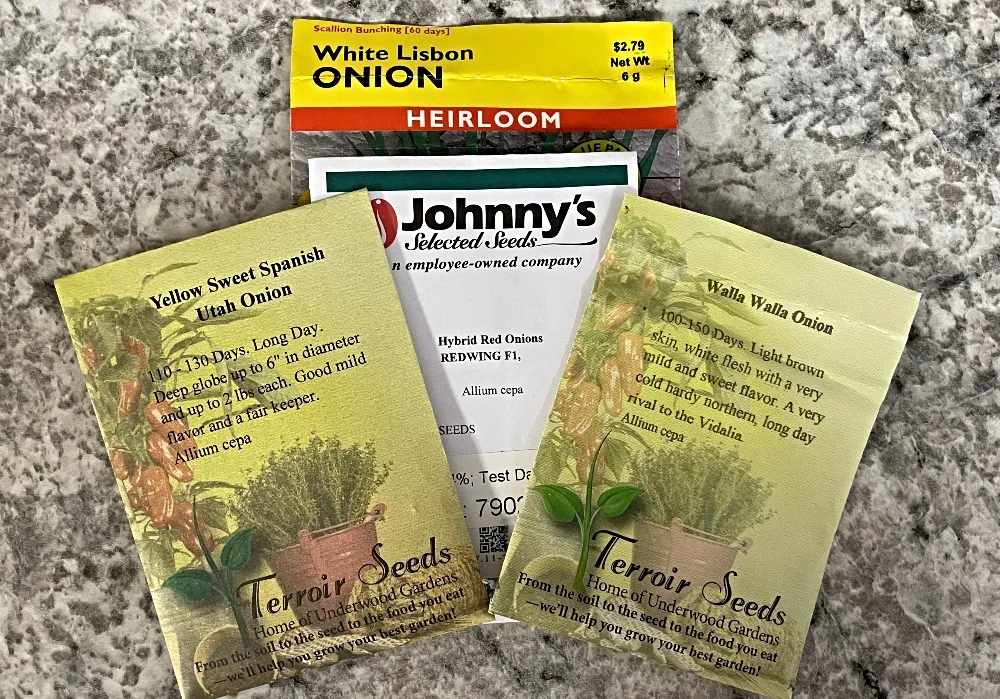
Here in Western, New York, when Christmas is over it is time to relax and visit all my favorite seed catalog sites. Of course, I also sit down with the ones that have been arriving in the mail for the past 2 months and the stack on my desk is quite huge.
Have you been searching through the various seed catalogs yet? Since I used to run my own plant nursery and ordered seeds by the 10,000's, I still get them in the mail. Now, I only have to order enough seeds for my gardens and some to share with the neighbors too.
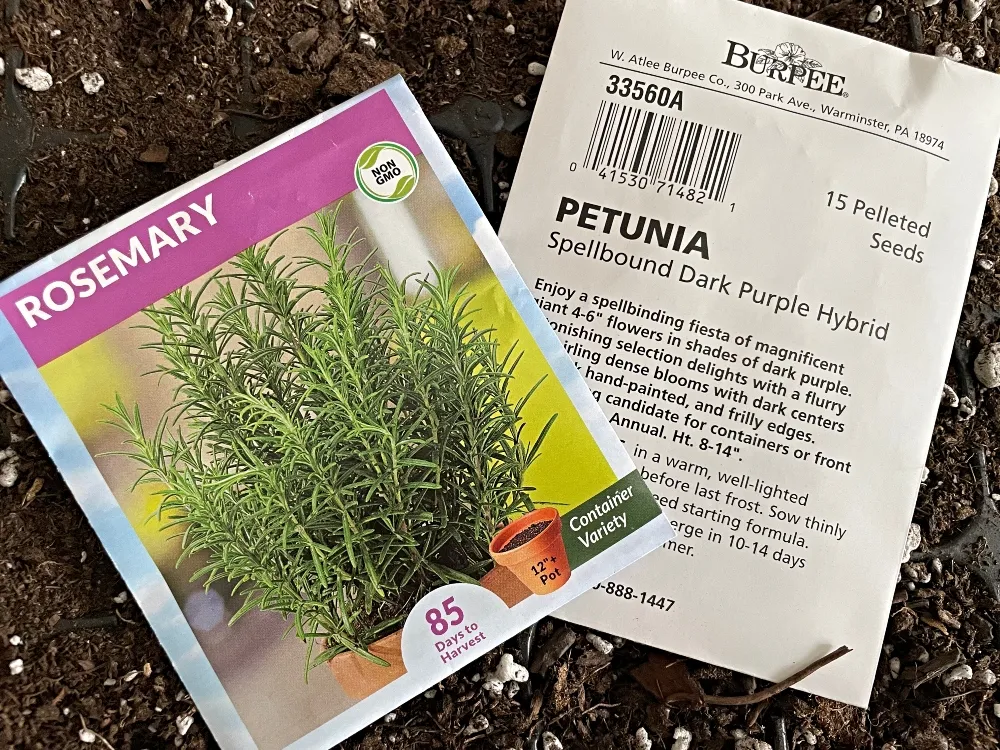
I enjoy looking to see what is going to be all the rage for the upcoming growing season, especially when it comes to container planting. It seems like every year new varieties and hybrids arrive just in time to pique our interest.
I always save my own seed from a lot of my plants every year and think that I will not have to order any, ha that never happens. ;-) This year I am trying the Spellbound Dark Purple Petunia and an Apricot Foxglove that caught my eye.
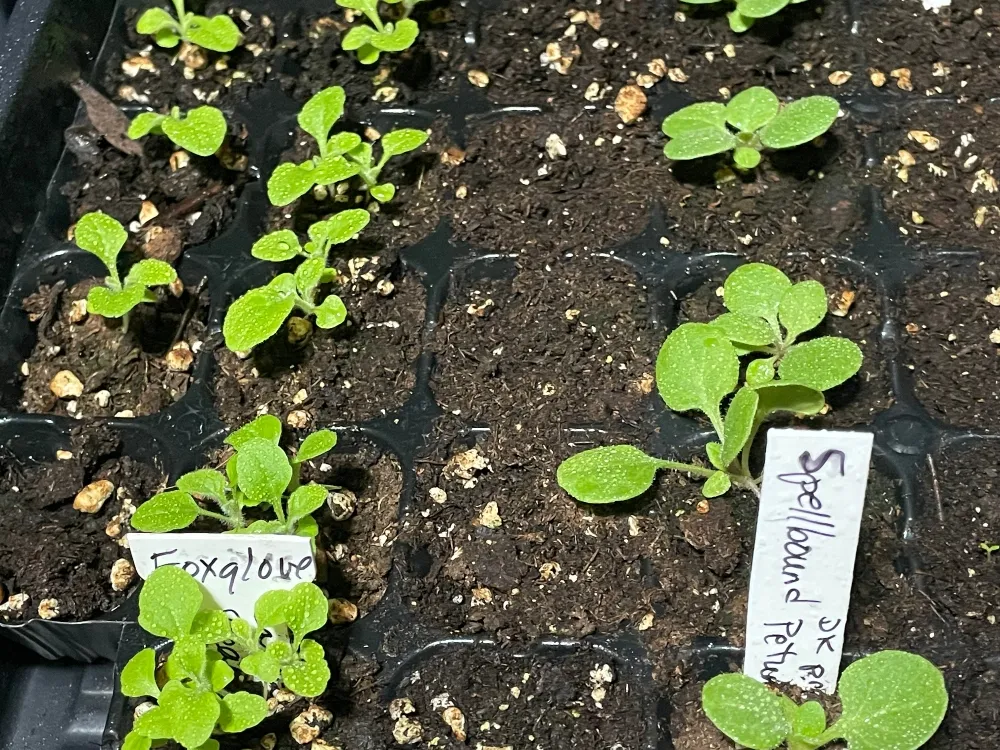
Whether you buy your seeds from one of your local markets or order online, there is nothing (to me) more exciting than receiving seeds in the mail. I love growing as much of my own food and flowers as I can every season to save a lot of money, especially now that inflation is hurting our purchasing power.
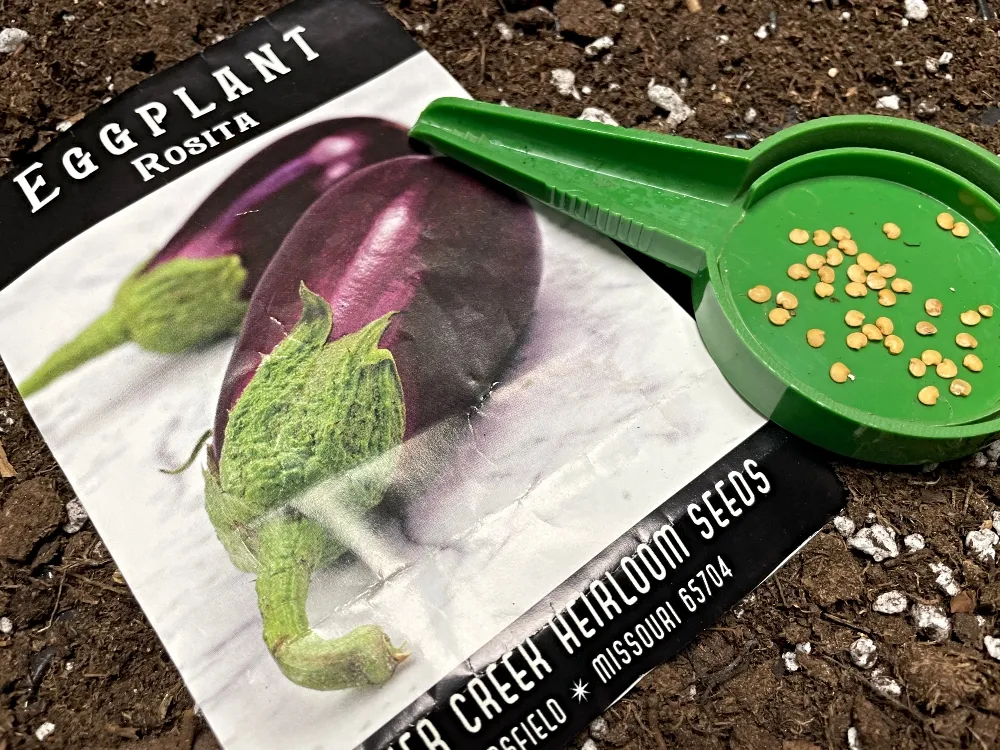
The feeling of knowing how you're growing your own food from start to finish is so satisfying. You and you alone have total control over what you put into your soil. I am an organic gardener and research how to care for the nutritional needs of each of my plants.
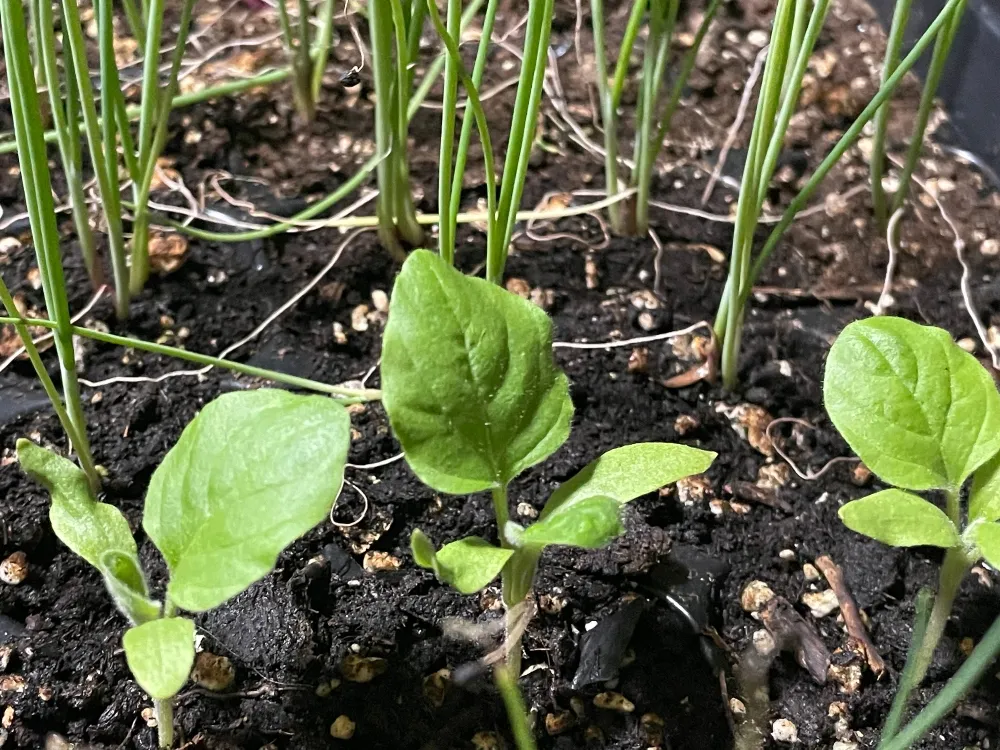
I must be doing something right because the amount of food that comes out of my vegetable garden is insane. It keeps me very busy preserving it all throughout the summer and fall seasons.
Some veggies, herbs, or flowers need a bit more time than the average 6-8 week growing period before planting outside in Spring. Certain plants like Rosemary and Eggplant take a long time to grow and I always start that in January. The Rosemary seedlings are starting to get their second set of leaves already.
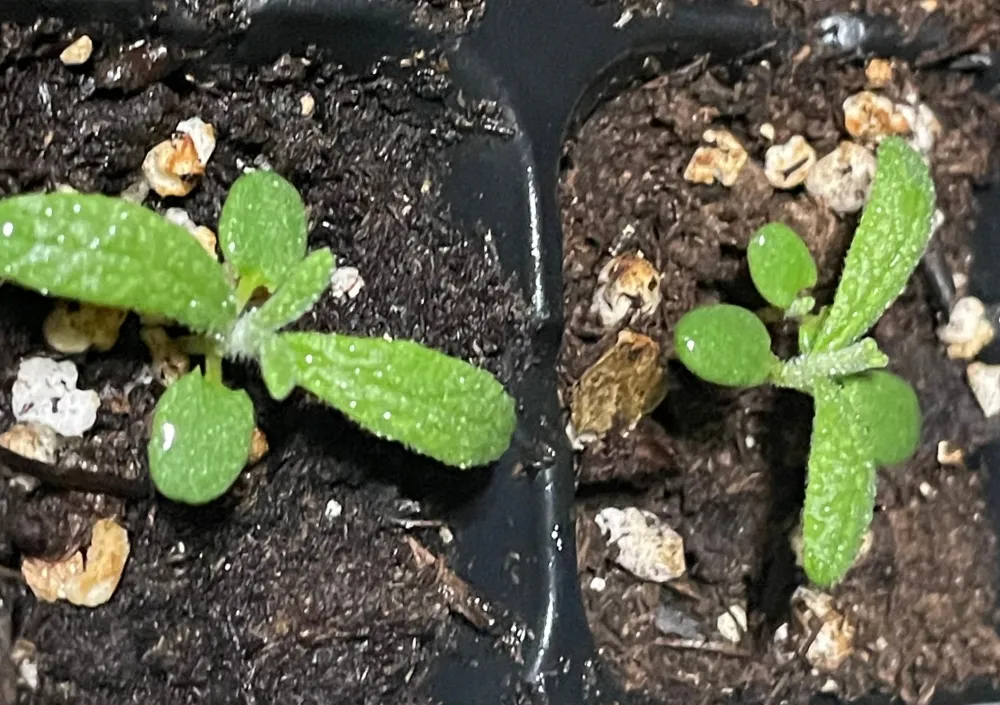
Petunias, Coleus, and Onions are some that I start in late January and early February. My growing timetable gives me approximately 14 weeks to be able to plant safely outside in early May with sizable plants.

My last average frost date is April 21st for my zone 6. I just added another layer of manure to my raised beds this week to prepare them for planting.
Mind you, I have a greenhouse that I start up in mid-March, and move all of my seedlings into it at that time. My cold-weather plants get planted in raised beds in late March under protection like onions, cabbage, cauliflower, radishes, and hardy lettuce varieties among others.
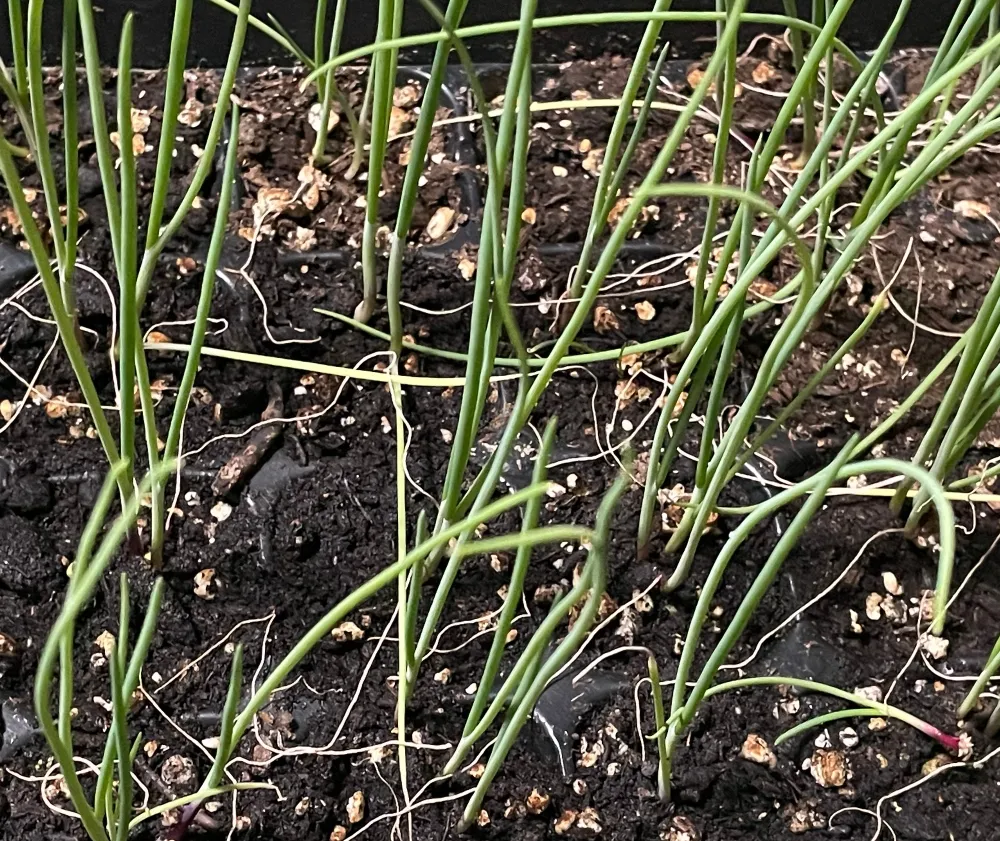
The onions are growing quickly and I will be putting them out into the greenhouse within a couple of weeks. This will get them used to the colder temperatures before I plant them under my hoop frames in March.
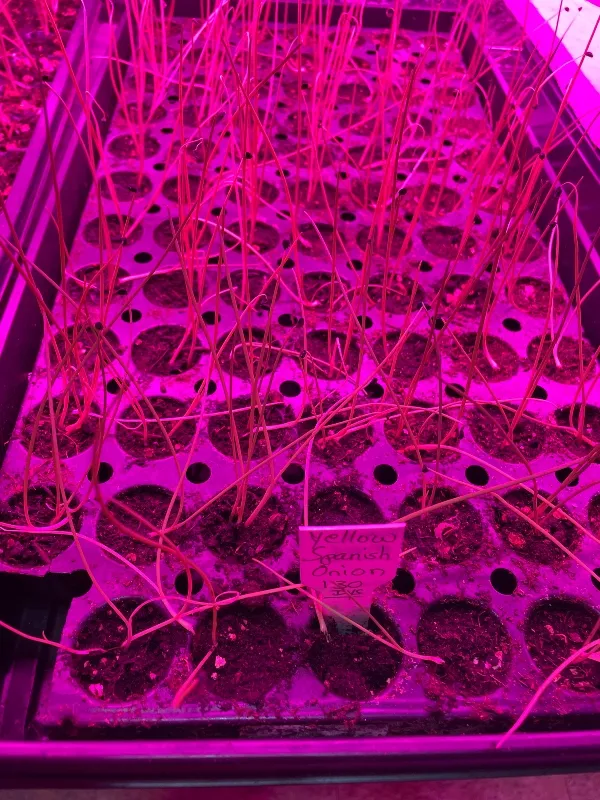
For the time being all the seedlings are inside under full-spectrum LED lights and doing wonderfully. Yesterday, I started Coleus, Verbena, and another tray of onions. Today, I will be doing Impatiens and Salvia to get them started.
Below is my personal seed starting chart that I follow, and of course adjust when adding different seeds each year. ;-)
Seed Starting Table
Horticultural Zone 6 in Western, NY.
Twelve Weeks: Brussels Sprouts, Cardoons, Lavender, Rosemary, and Thyme.
Flowers: All Begonias, Salvia varieties, Verbena.
Eleven Weeks: Cauliflower, Celery, Celeriac, Green Onion, Leeks, Habanero, Jalapeno Peppers (All Hot Peppers), and Shallots.
Ten Weeks: Cabbage, Broccoli, Eggplant, Fennel, Oregano.
Flowers: Coleus, Delphinium, Dianthus, Foxglove, Heliotrope, Impatiens, Lobelia, and Petunias.
Nine Weeks: All Sweet Pepper and Tomato varieties, Chives, Lemongrass, and Sage.
Eight Weeks: Basil, Cilantro, Escarole, Endive, Lettuce blends, Mustard greens, Parsley, Snow Peas (hanging baskets), and Spinach.
Six Weeks: Flowers: Alyssum, 4 o-clocks, Black Eyed Susan vine, Cardinal vines, Marigolds, Snapdragons, and Zinnias.
Four Weeks: Cucumbers, Melons, Squash (summer & winter), Pumpkins, and 2nd round of Snow Peas (hanging baskets).
Flowers: Nasturtiums and Sunflowers.
I will be sure to show you posts on the entire process throughout the growing season. I look forward to meeting my fellow gardeners. Thank you for stopping by my post, I hope you enjoyed seeing how I scheduled my seed planting. It is a bi-weekly job until everything is seeded.
Until next time, this is Sunscape
Sun. Scape. Ing Your Day
